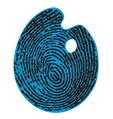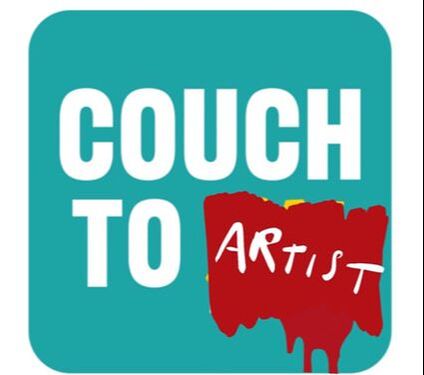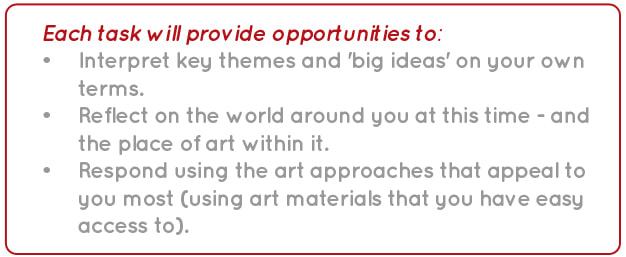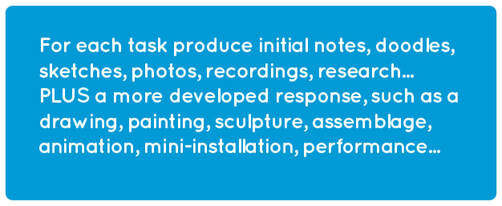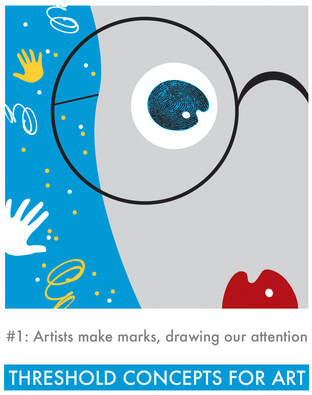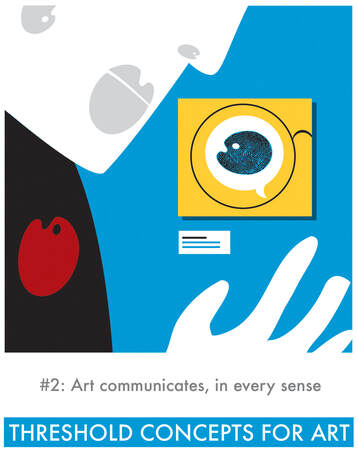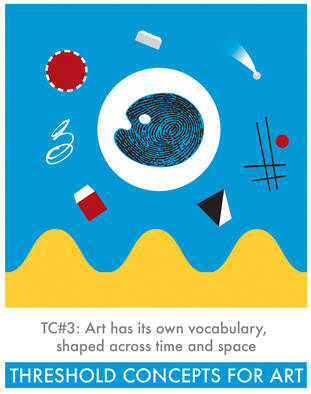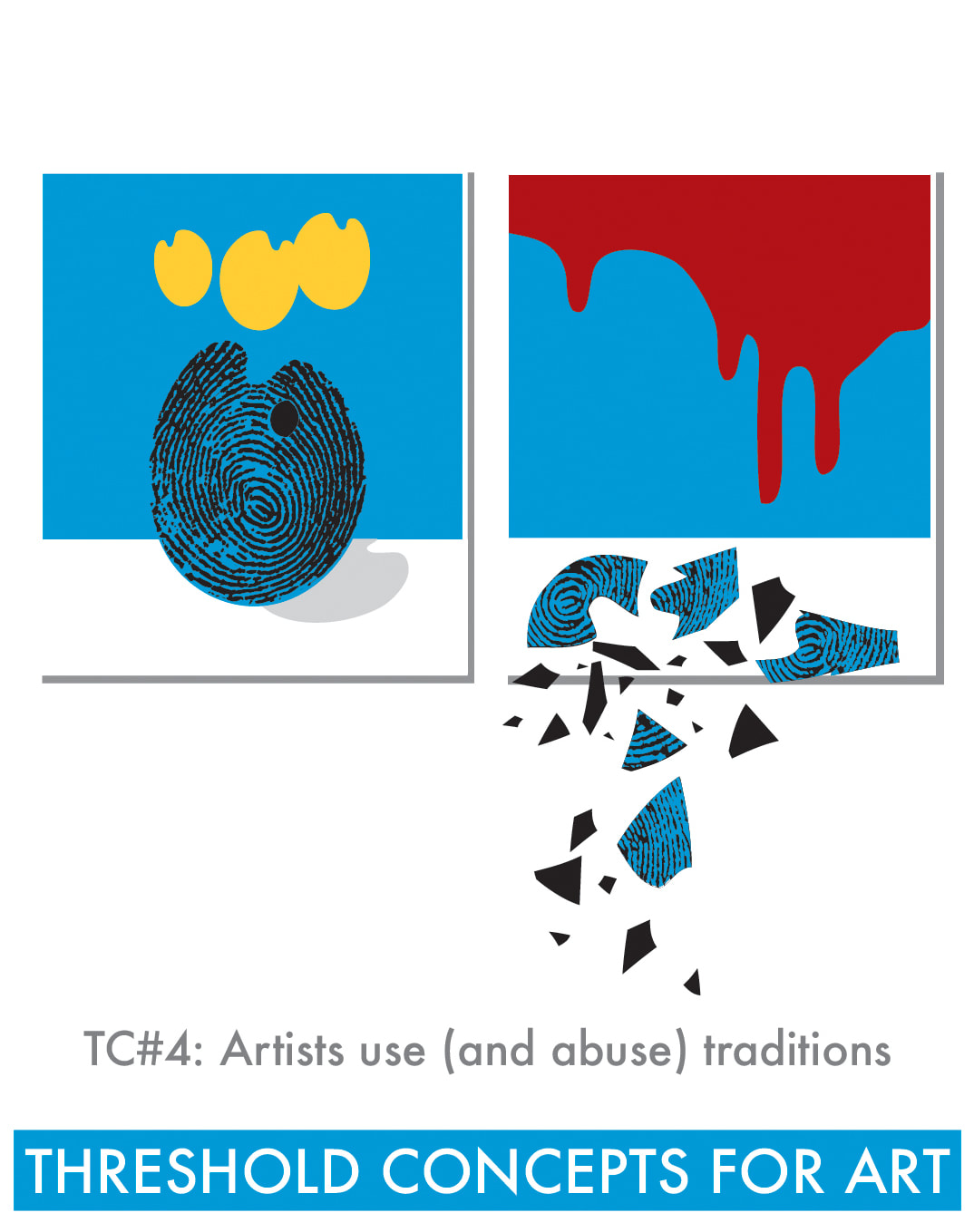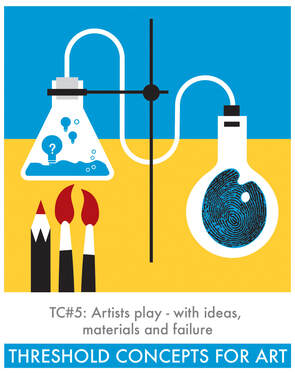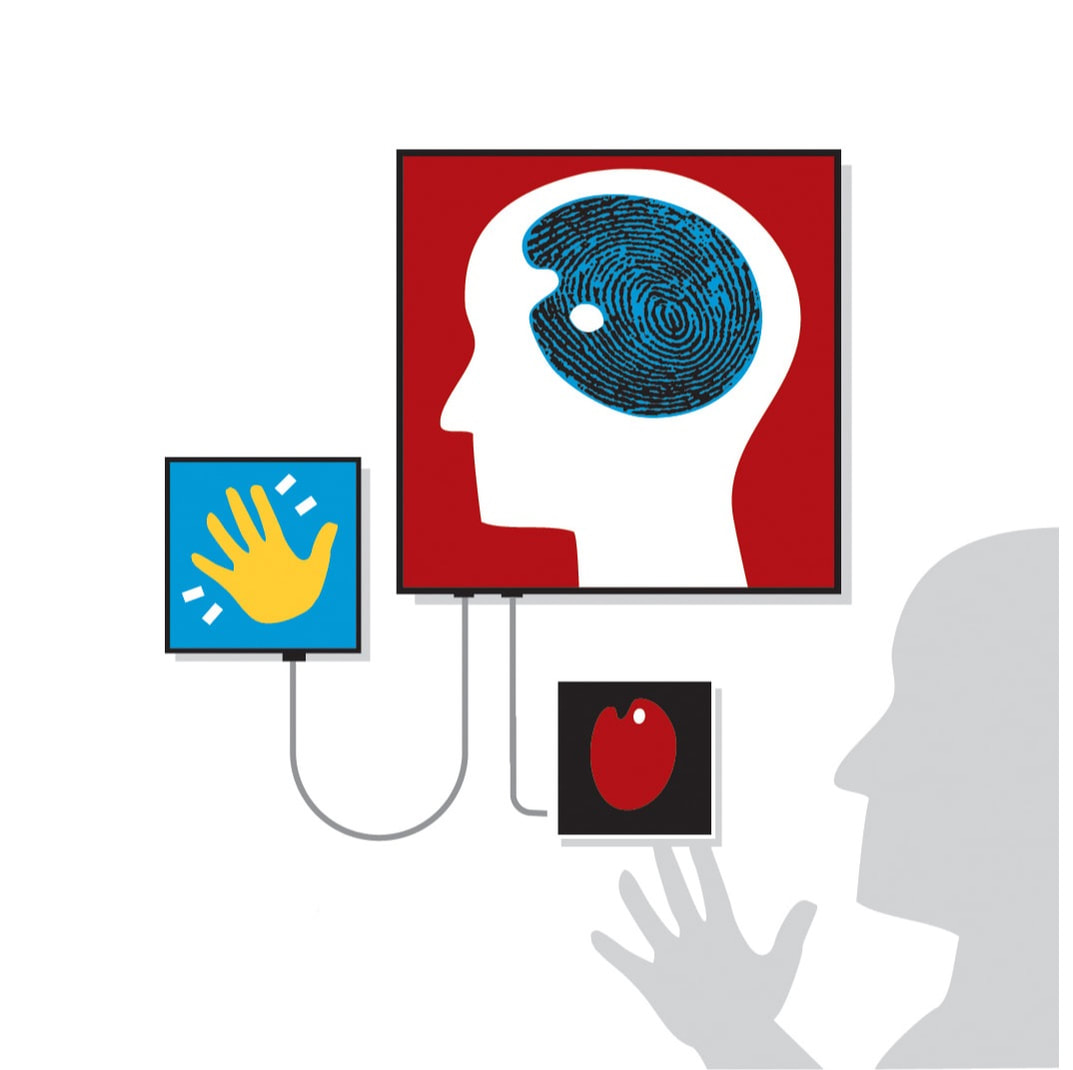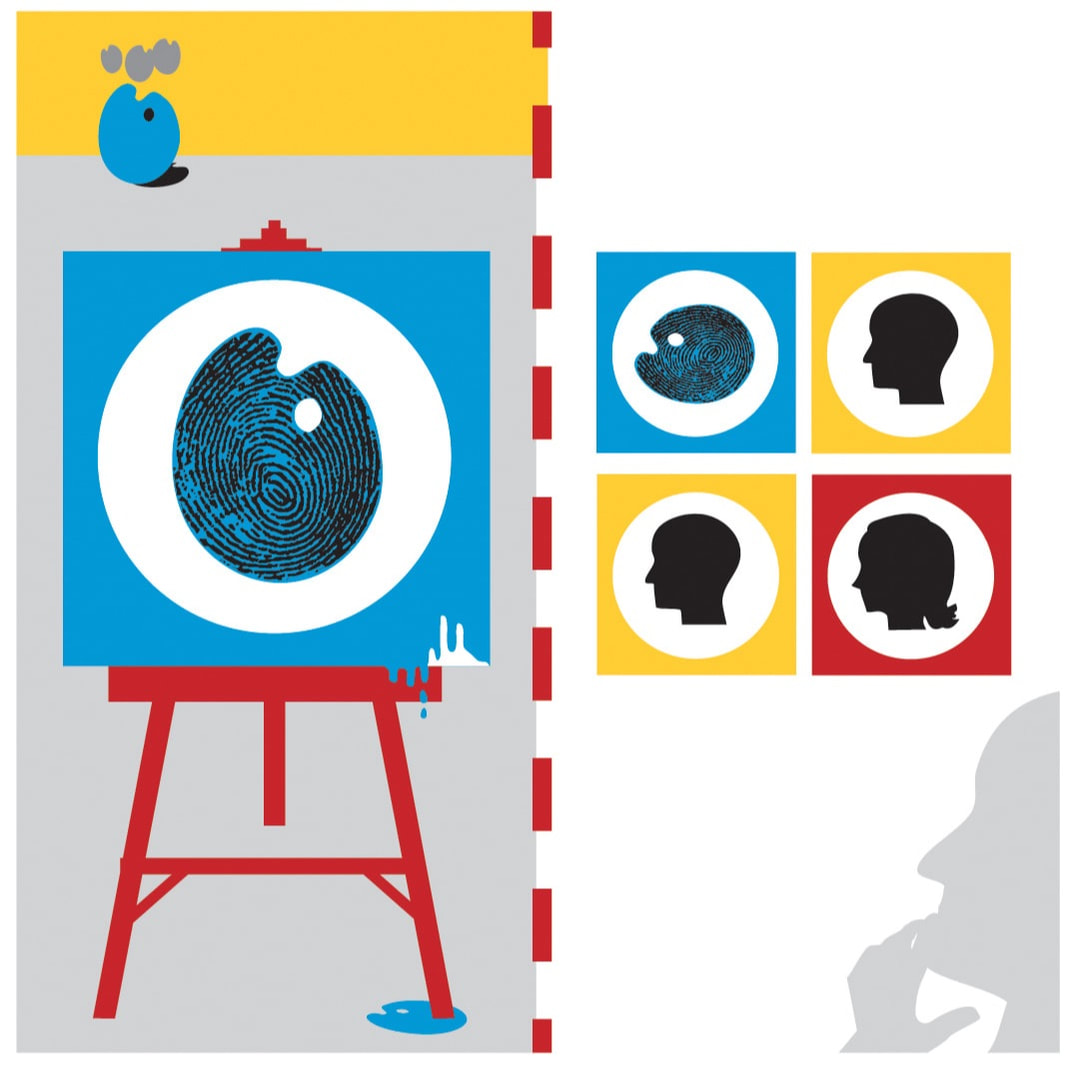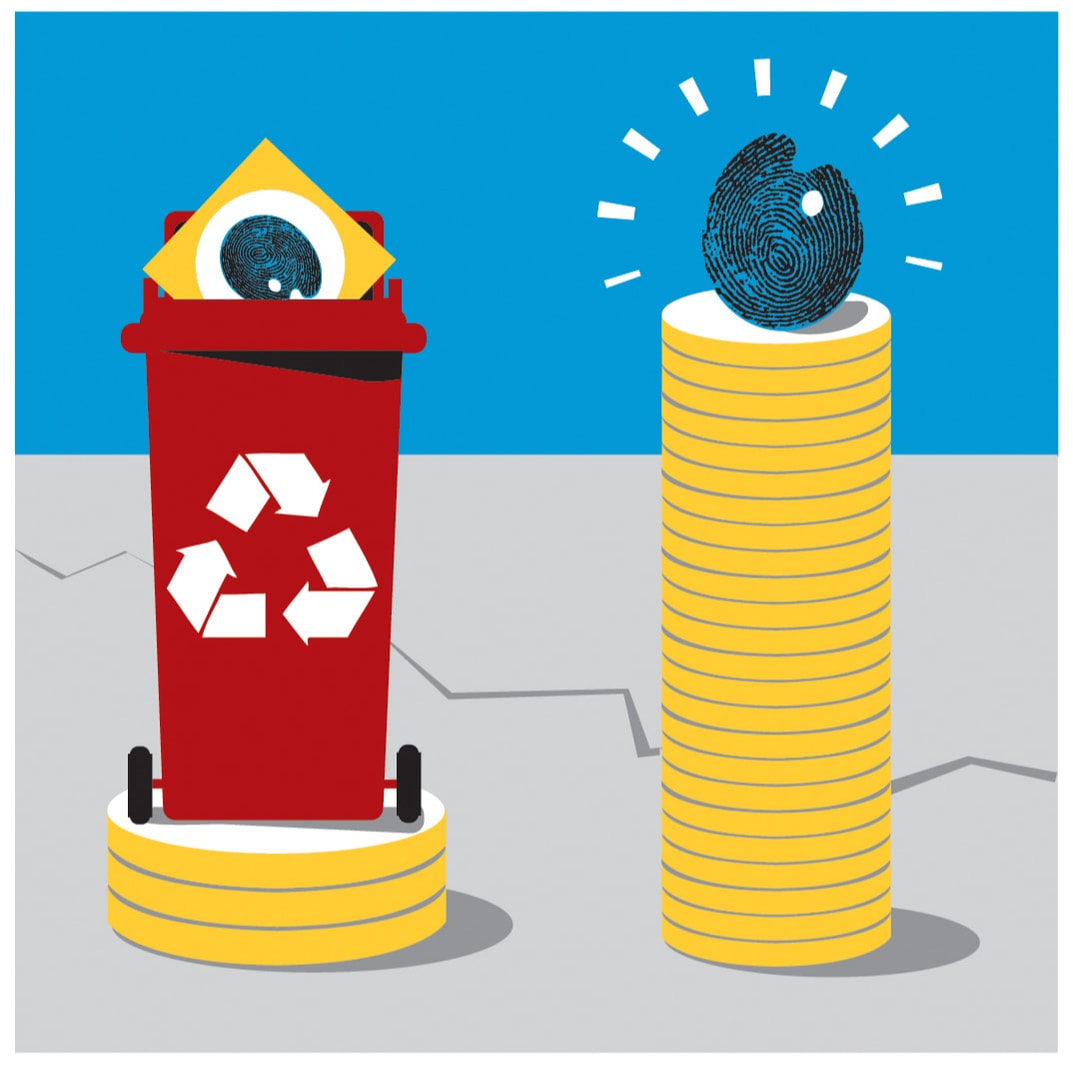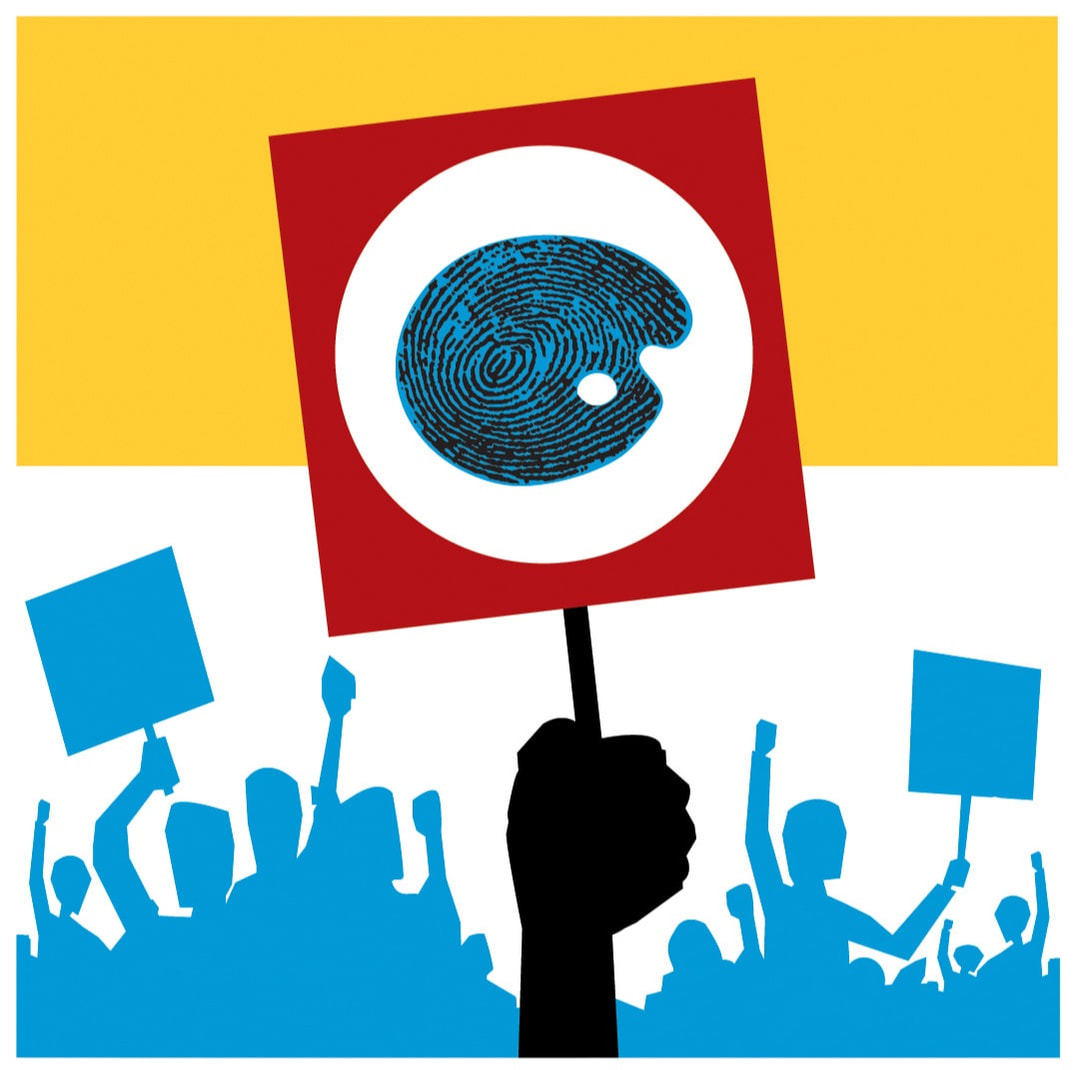FROM COUCH TO ARTIST: A 9-STEP PROGRAMME FOR YEAR 12 ART & DESIGN STUDENTS
|
Apologies, the title might be unfair. These resources were initially devised during COVID 19 when precious art studio time had been squeezed and students openly admitted to 10 hours-a-day binge-watching Netflix and trawling Tik Tok. As it turned out, this didn't get the doodling done. The resources have consequently been revised and updated. What follows is a sequence of challenges that utilise our 9 Threshold Concepts to help students think hard - and make art regularly - in a quest to find their own creative voices. The tasks are designed to work as one week, individual challenges but also, consequently to add up to a meaningful and connected body of work that leads into Year 13 studies. |
HOW DOES IT WORK?
Each week a task will be introduced for you to complete. Over 9 tasks, with reference to our Threshold Concepts (9 'big art ideas'), you will be challenged to produce new work - all potentially submittable as coursework. Most importantly, the knowledge and experiences gained should help you grow as an authentic and informed artist, setting you up for your Year 13 focus.
WEEKLY TASKS
|
Week 1: Marks; Words An opportunity to consider the type of art you want to produce AND the words that might help you to understand and articulate this in more depth. Consider a range of approaches (and reasons) for making art and produce an experimental text-inspired response. |
|
Week 2: Vibrations; sensations An opportunity to consider how artworks communicate with us and each other, across time and space - but not always through language or logic. Explore a 'chance' process to generate a starting point for an imaginative practical response. |
|
Week 3: Taking shape An opportunity to consider the 'vocabulary' and 'grammar' of an artwork - how the elements of artworks combine and conspire to communicate in different ways. Use a playful photography exercise as a starting point for an experimental practical response. |
|
Week 4: Public Interventions An opportunity to consider how artists have challenged expectations of how and where art might be created, and encountered by others. Take a walk as a performative act and create artful public display in response to the experience. |
|
Week 5: Play; time An opportunity to consider how artists 'play' with ideas, materials, memories and experiences - and mistakes and failure. Complete a creative writing exercise and develop a personal response influenced by a childhood memory of art, or of making art. |
|
Week 6: Head, hands, heart An opportunity to consider how artists use their heads, hands and hearts to varying degrees throughout the creative process, and how art appeals not just to the eyeballs, but to the body and mind. Complete a triptych - an intellectual, physical and emotional response. |
|
Week 7: Art, words; meanings, contexts An opportunity to explore the relationships between words and images via instruction-based art. Complete a text-based artwork in response to personal research and writing - to be presented, displayed or documented in a public location. |
|
Week 8: Values & measures An opportunity to consider how art and artists are valued, and how time, events, individuals and institutions shape art histories (and futures) in ways that are not always fair or equal. Complete a playful experiment inspired by a 'famous' artwork; research and make personal art in response to powerful inspirations. |
